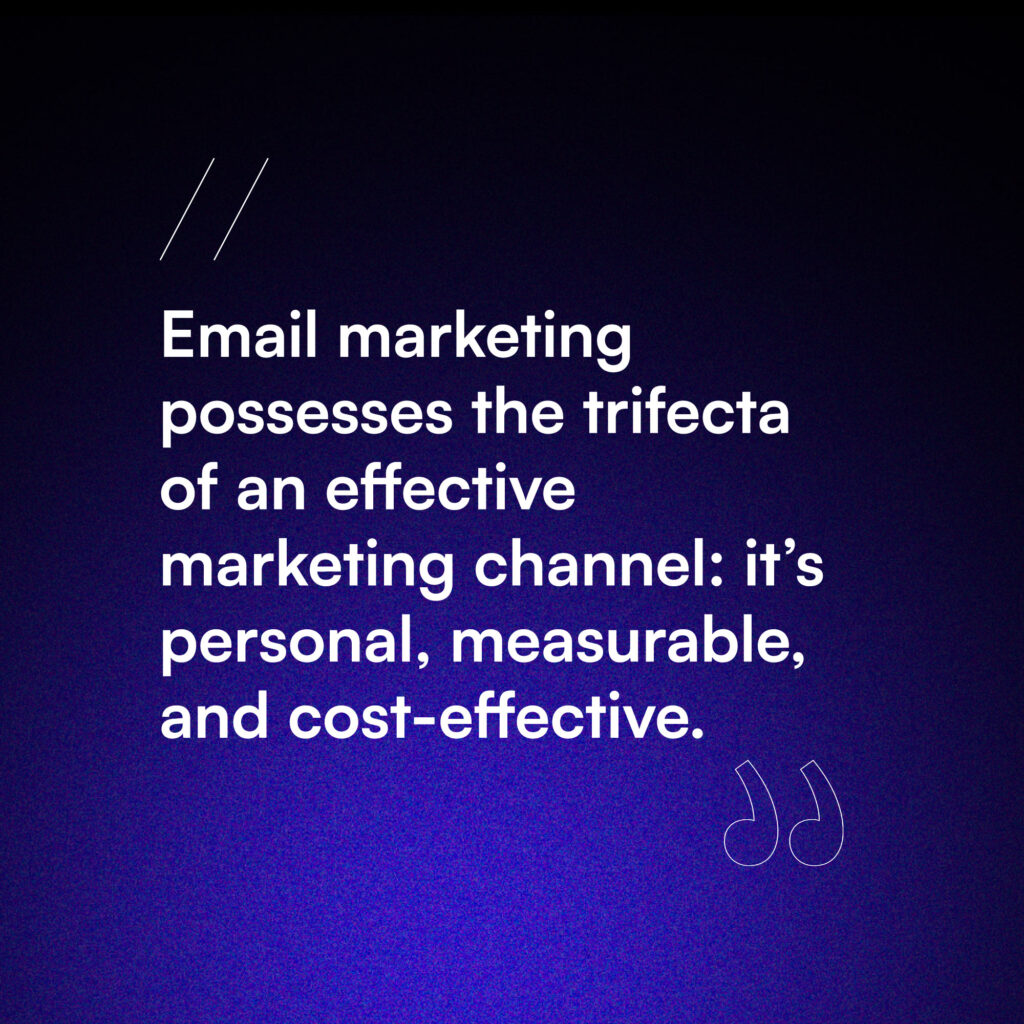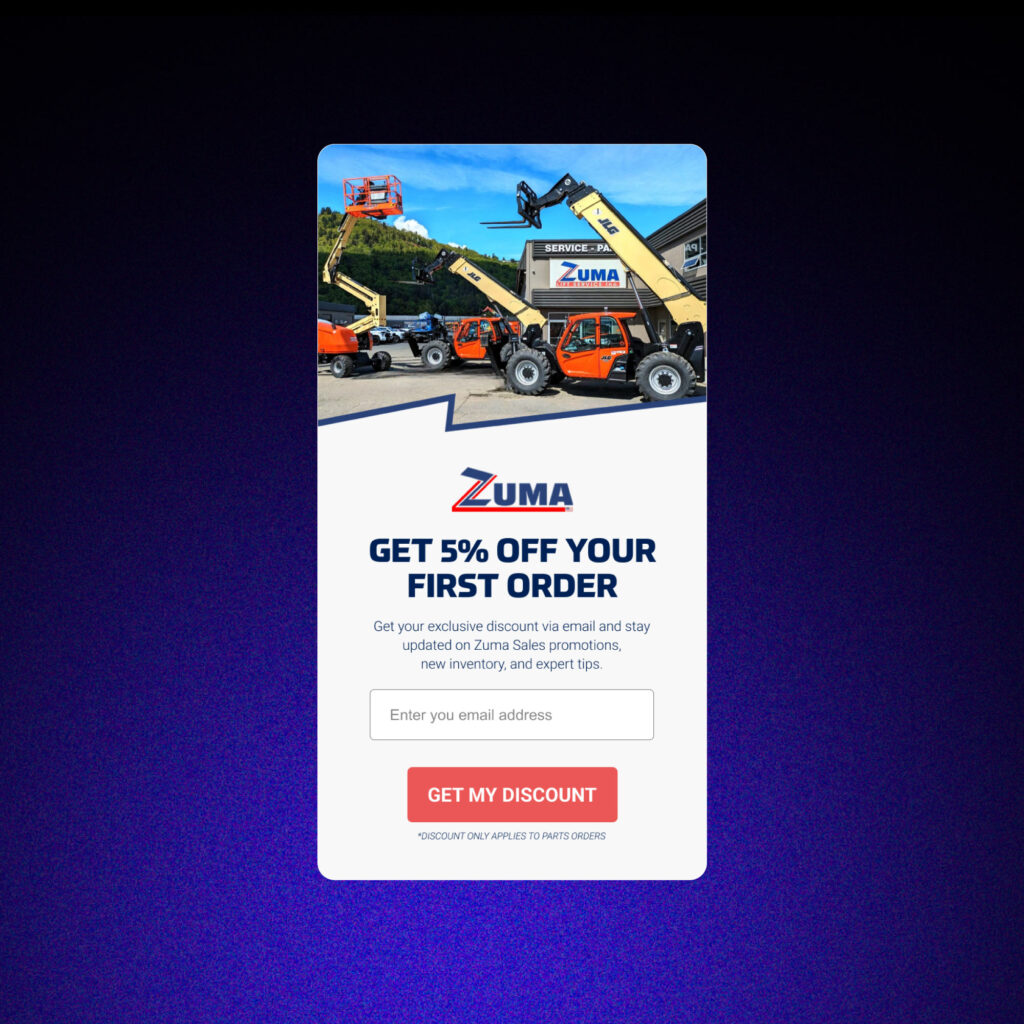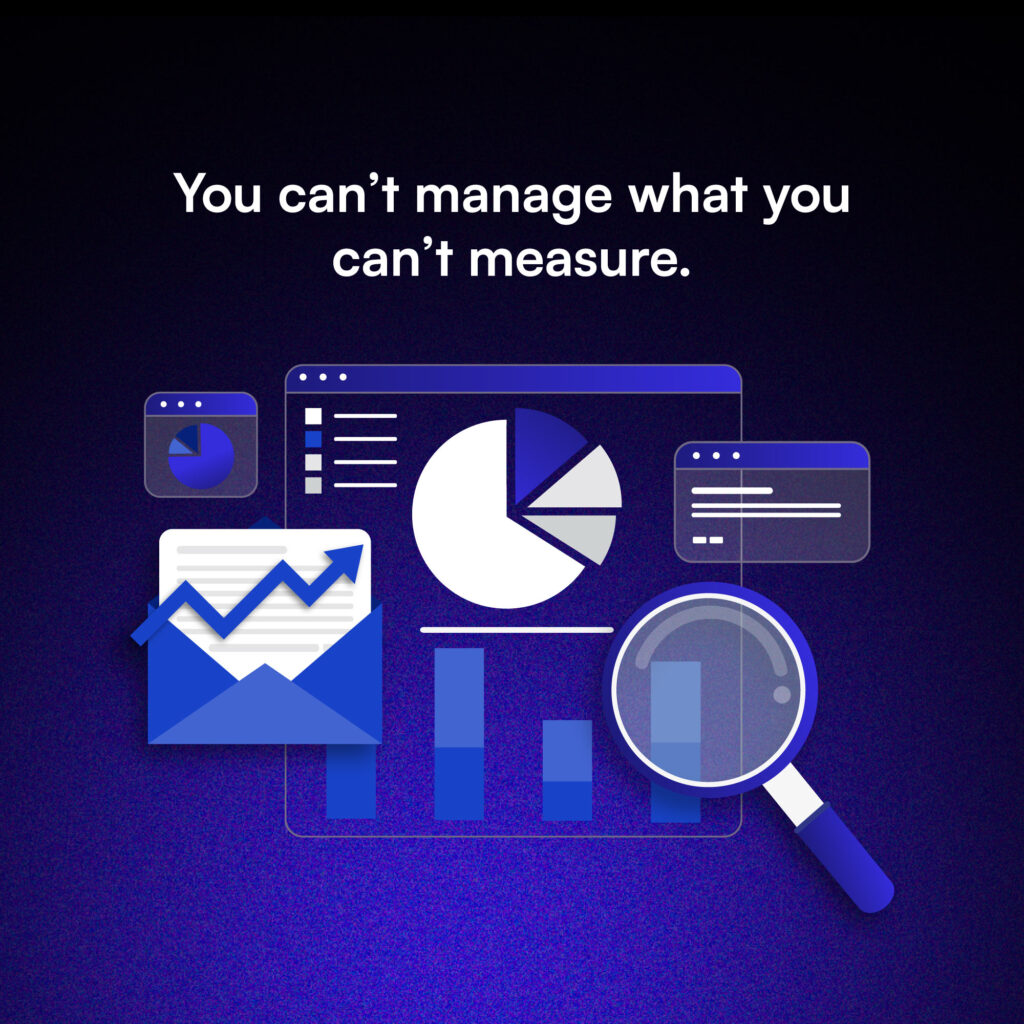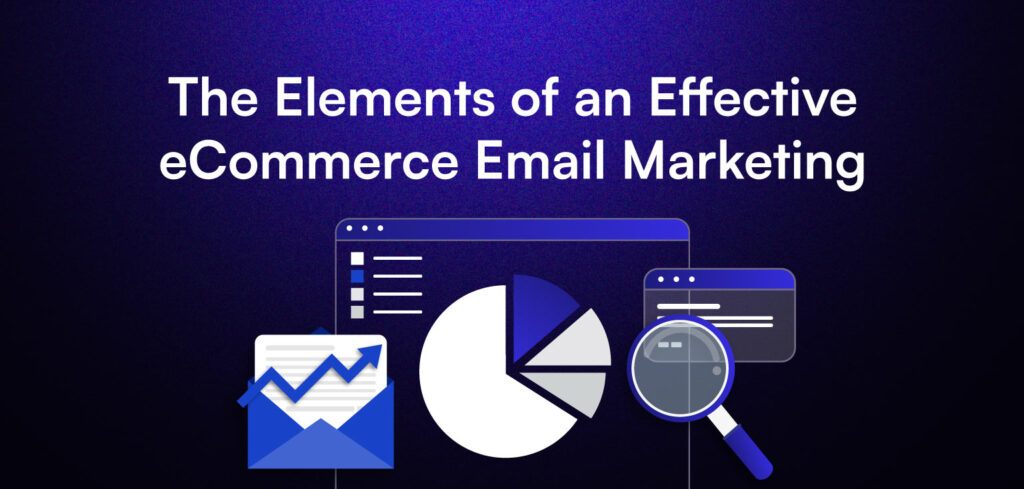Why E-commerce Email Marketing is Essential

However, with great power comes great responsibility. Sending irrelevant, poorly timed, or impersonal emails can lead to unsubscribes, low open rates, and missed opportunities. To avoid these pitfalls, it’s essential to develop an approach that prioritizes relevance, personalization, and customer focus.
1. Building a Strong Email List
How to Build a High-Quality Email List:
- Sign-Up Forms on Your Website: Add opt-in forms at strategic locations such as your homepage, checkout pages, and blog posts.

- Lead Magnets: Offer incentives like free shipping, discounts, or exclusive content in exchange for email addresses.
- Exit-Intent Popups: Use popups to capture visitors before they leave your website without purchasing.
- Contests and Giveaways: Promote your contests or giveaways through social media and capture emails during the entry process.
2. Segmentation: The Secret to Relevance
Ways to Segment Your Email List:
- Demographics: Segment based on age, location, or gender.
- Personas: Segment your audience based on who they are. For example, you could segment by characteristics like being a dog or cat owner.
- Behavior: Segment by actions like browsing history, purchase behavior, and cart abandonment.
- Engagement Level: Identify subscribers who engage regularly with your emails and those who are inactive.
- Purchase History: Target repeat buyers with loyalty programs and offer first-time buyers exclusive deals to encourage repeat purchases.
3. Personalization: Moving Beyond 'Hi, [First Name]'
Personalization is no longer just about inserting the recipient’s name in the subject line. Consumers today expect tailored experiences, and the more personalized your emails are, the better the results.
Personalization Strategies:
- Dynamic Content: Create dynamic blocks of content within your emails that adjust based on the recipient’s preferences, past purchases, or browsing behavior.
- Product Recommendations: Suggest products that complement a customer’s previous purchase or items they’ve recently browsed.
- Behavioral Triggers: Use triggers like cart abandonment, product reviews, or wishlist reminders to send timely and relevant emails.
4. Automation: Work Smarter, Not Harder
Automation is one of the most important tools in a marketer’s arsenal. It allows you to send targeted emails at scale without having to manually manage each campaign. Not only does this save time, but it also helps you stay consistent and timely with your communications.
Essential Automated Email Campaigns:
- Welcome Series: A warm welcome sets the tone for your relationship with the customer. Send an automated series of 2-3 emails to new subscribers introducing your brand, highlighting key products, and offering a discount for their first purchase.
- Abandoned Cart Emails: These emails are triggered when a customer adds items to their cart but doesn’t complete the purchase. Offering a small incentive, like free shipping or a discount, can help recover the sale.
- Post-Purchase Follow-Ups: Send emails thanking customers for their purchase, suggesting complementary products, or requesting a review.
- Re-Engagement Campaigns: Send automated emails to subscribers who haven’t interacted with your brand in a while. Offer a special deal or ask for feedback to re-engage them.
5. Compelling Copy and Design
Your email may have the perfect audience, but if the content or design is off, it won’t get the attention it deserves. E-commerce emails should be visually appealing and easy to read on all devices—especially mobile.
Crafting Effective Copy:
- Keep it Short and Sweet: Email copy should be concise, with a clear call to action (CTA). Long paragraphs can overwhelm readers and cause them to lose interest.
- Use Engaging Subject Lines: Subject lines are your first (and sometimes only) chance to grab attention. Aim for curiosity, urgency, or personalization. Avoid spammy words like “Free” or “Act Now!”
- Focus on Benefits, Not Features: Instead of listing product specs, emphasize how the product will improve the customer’s life.
- A/B Test Subject Lines and Copy: Regularly test different elements of your emails to see what resonates best with your audience.
Design Tips:
- Mobile Optimization: Ensure your emails look good and function properly on all devices. Keep the design simple and use large buttons for CTAs.
- Use High-Quality Images: Visuals are key in e-commerce emails. Use professional images that showcase your products in the best light.
- Whitespace is Your Friend: A clean layout with ample whitespace makes your email more digestible and improves readability.
6. Analyzing and Optimizing Your Campaigns
Email marketing is not a set-it-and-forget-it endeavor. To ensure your campaigns are continually improving, it’s essential to analyze key metrics and make adjustments as necessary.
Key Metrics to Monitor:
- Open Rate: Measures how many recipients open your email. If this is low, try optimizing your subject lines or send times.
- Click-Through Rate (CTR): The percentage of recipients who clicked on a link in your email. Low CTRs can indicate that your copy or CTAs aren’t compelling enough.
- Conversion Rate: The percentage of recipients who completed a desired action, like making a purchase or signing up for a webinar.
- Bounce Rate: The percentage of emails that couldn’t be delivered. High bounce rates may suggest it’s time to clean up your email list.
- Unsubscribe Rate: Monitor how many people are opting out of your emails. A high unsubscribe rate can be a red flag that your content isn’t resonating.

7. Choosing the Right E-commerce Email Marketing Software
Your email marketing strategy is only as good as the tools you use. The right e-commerce marketing software can help you automate workflows, segment your audience, and analyze your results.
When Selecting a Platform, Look for Features Like:
- Automation and Segmentation: Tools like Klaviyo and Mailchimp allow you to automate campaigns and segment your audience with ease.
- Customization and Personalization: Platforms that offer dynamic content blocks and advanced personalization features are essential for creating targeted campaigns.
- Analytics and Reporting: Detailed reporting helps you monitor key metrics and optimize your campaigns over time.


